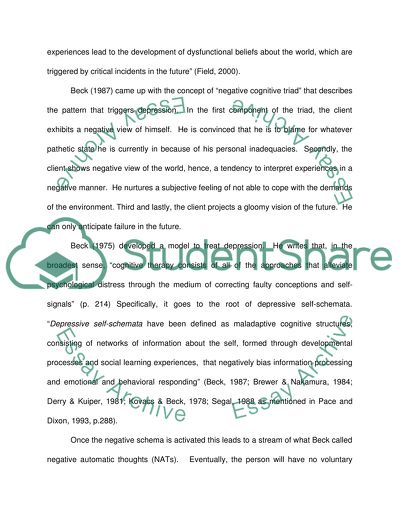Cite this document
(“Dissection Of Cognitive Behavior Therapy & Solution-Focused Brie Essay”, n.d.)
Retrieved from https://studentshare.org/psychology/1549534-dissection-of-cognitive-behavior-therapy-solution-focused-brie-therapy-as-effective-counseling-approaches
Retrieved from https://studentshare.org/psychology/1549534-dissection-of-cognitive-behavior-therapy-solution-focused-brie-therapy-as-effective-counseling-approaches
(Dissection Of Cognitive Behavior Therapy & Solution-Focused Brie Essay)
https://studentshare.org/psychology/1549534-dissection-of-cognitive-behavior-therapy-solution-focused-brie-therapy-as-effective-counseling-approaches.
https://studentshare.org/psychology/1549534-dissection-of-cognitive-behavior-therapy-solution-focused-brie-therapy-as-effective-counseling-approaches.
“Dissection Of Cognitive Behavior Therapy & Solution-Focused Brie Essay”, n.d. https://studentshare.org/psychology/1549534-dissection-of-cognitive-behavior-therapy-solution-focused-brie-therapy-as-effective-counseling-approaches.


